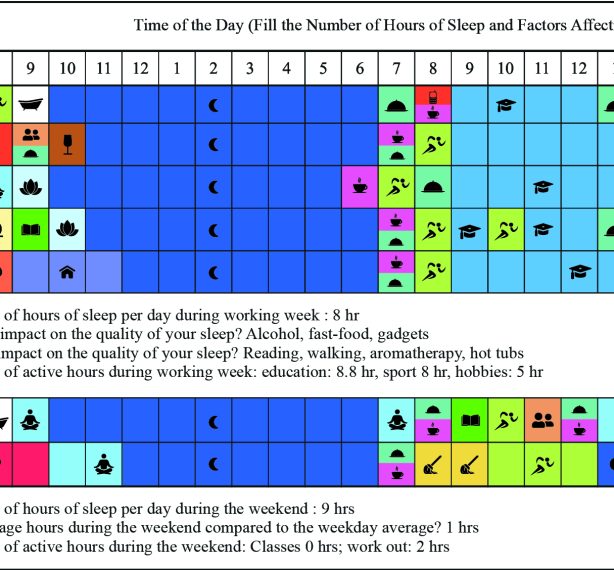
Cellulite is one of the most common reasons why women are dissatisfied with their bodies. Let’s explore why cellulite is not always associated with excess weight or a lack of physical activity in a woman’s life.
Physiological Features
It should be noted right away that, physiologically, women are prone to cellulite, unlike men, due to the unique structure of their collagen support connections (connective tissue fibers between fat deposits). While in men, fat is well fixed because collagen fibers have an X-shaped form, in women, supporting connections are in the form of columns or pillars, causing fat to be less firmly fixed in the subcutaneous layer.
Therefore, it is important to understand that the amount of fat certainly plays a role, but so does the quality of the collagen connections themselves. It can play a cruel trick on women who, in pursuit of a beautiful body, choose the path of calorie restriction and trendy mono-diets. About 3 kilograms of collagen structures are renewed in the body annually, and to maintain a good metabolism, an adequate amount of high-quality protein must be supplied with nutrition. Natural collagen production in the body inevitably decreases with age, so after 25 years, collagen production decreases by 1.5%, and by the age of 45, a woman loses an average of 30% of her collagen.
The less protein in a woman’s diet and the more monotonous its form, the worse the quality of connective fibers and the faster cellulite appears. Different products contain different sets of amino acids, so the more varied your diet is, the more benefits your body can derive from it. Women over 30 should pay particularly careful attention to their diet, as the daily protein requirement is 0.8–1.5 grams per kilogram of body weight. 1 gram of protein is not equal to 1 gram of product, so it’s always a good idea to check the protein content of a particular product to determine if you cover your daily needs. The best plant-based products with high protein content include tofu, soy, and soybeans; white and red beans; lentils; pumpkin seeds; chia seeds; chickpeas; almonds; and peanuts.
If you already have cellulite and, besides that, you want to improve the overall quality of your skin, you should pay attention to products with a high content of the most important amino acids for collagen building, immunity, and hormonal balance: peas, soy, and quinoa. Products like peas, soy, and quinoa have an optimal ratio of important amino acids like leucine, arginine, and glycine. If you add tomatoes and greens rich in vitamin C to these dishes, protein will be absorbed much better.
Another essential question remains: should various types of protein products be included in every meal to avoid deficiencies in amino acid content? No, it is not necessary. Despite the fact that protein is not stored in the body, if the interval between meals is not more than 3 hours, the body will obtain all the necessary components, even from plant-based foods.
Everyone knows that cellulite can also appear due to fluid retention.
But few think about what this actually means. If you are a fan of sports, massages, baths, brushes, jars, and other local corrective methods, put those gadgets aside and let’s discuss what really happens to the skin and how stagnation occurs.
The lymphatic system is the queen of detox, which determines whether you will have edema, irregularities, and cellulite.
Endless local procedures can be performed (and they will also have some effect), but the lymphatic system works really well only when there are no blockages in large nodes and fluid drainage occurs naturally on a constant basis. When we sit at the computer, in the car, in the subway, at home, and even during intense sports activities, we constantly experience blockages of large lymphatic nodes, which inevitably leads to a deterioration in lymph flow. Lymph moves very slowly, from bottom to top, at a rate of approximately 100 ml per hour under normal body function. The more blockages in the body, the slower the lymph flow will be, and consequently, the worse the detoxification and the more edema.
What can improve the situation?
1. Daily stretching or some simple yoga asanas that stretch problem areas where major lymphatic nodes are located (abdominal area, thighs), such as Child’s Pose, Downward and Upward Dog, Cat Pose, and a Forward Bend while sitting. Devoting 15 minutes daily to stretching will be enough to notice the result.
2. The second most effective method is various jumping exercises: jump rope, light jumping in place (known as the “cockroach” lymphatic drainage exercise), and jumping on a trampoline. They also help speed up lymph flow, but they work best on the body without blockages.
3. And only in third place can we highlight local lymphatic drainage means and manipulations: massages, brushes, jars, and so on. They are also effective, but if the nutrition is not perfect and lymph flow is not established, they will provide only short-term results.



